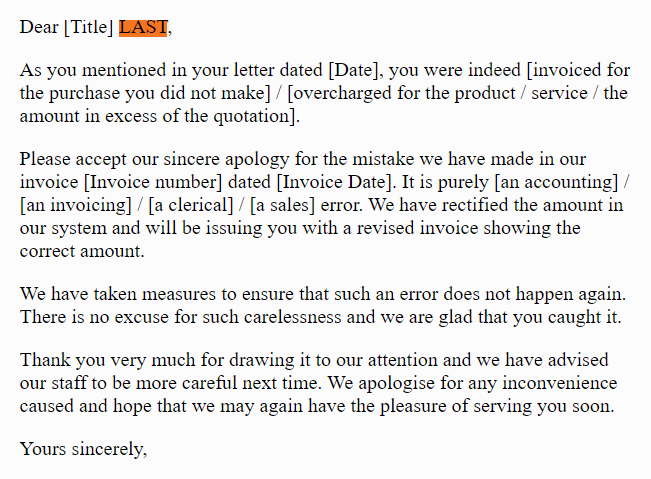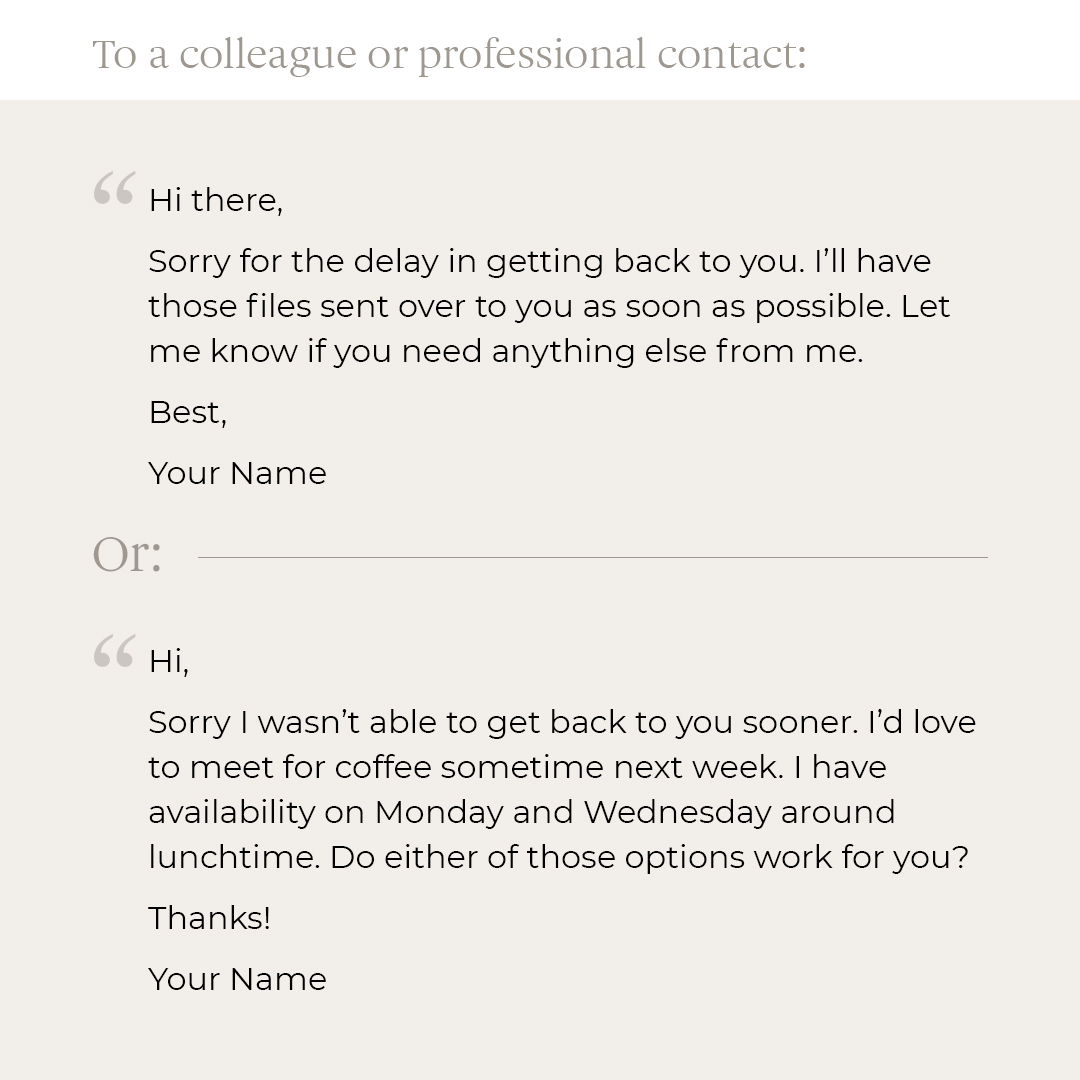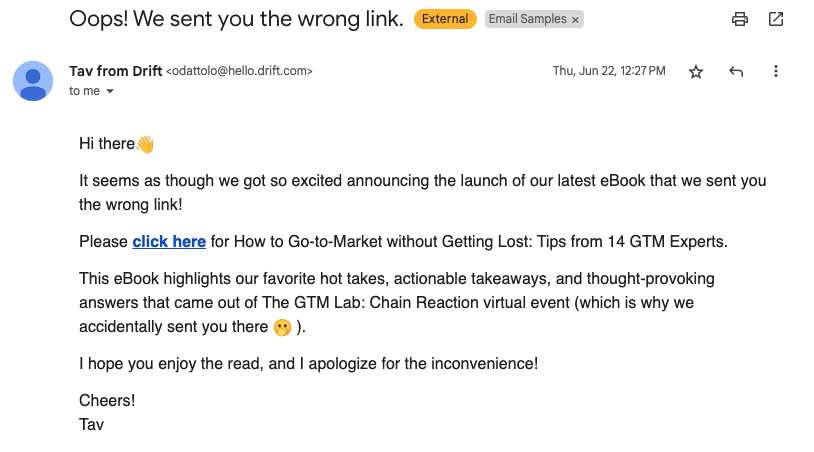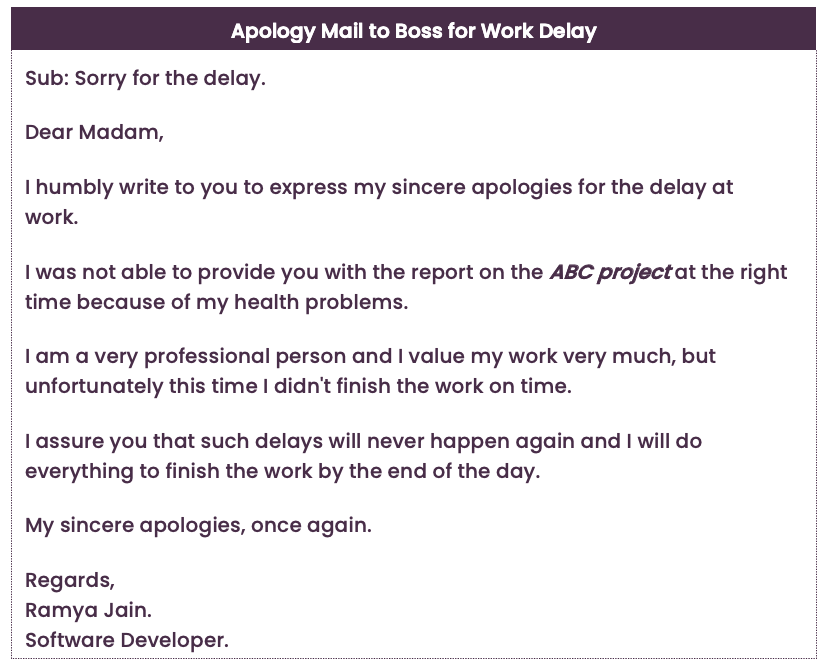How To Apologize For An Error In An Email

Imagine the sinking feeling: you've just hit send on that crucial email, the one destined for a client, your boss, or maybe even the CEO. Then, a typo leaps out, a factual error glares back, or perhaps you’ve attached the wrong document. Your stomach flips. What do you do?
The ability to craft a sincere and effective apology email is a vital skill in today's fast-paced, digital world. This article provides a practical guide on how to navigate the delicate art of saying sorry, transforming a potential blunder into an opportunity to build trust and strengthen relationships.
Why Apologizing Matters
Mistakes happen, it's a fundamental truth of the human experience. But how we address those errors shapes perceptions and impacts professional relationships.
A well-crafted apology demonstrates accountability, humility, and respect. According to a study by the Harvard Business Review, apologies can significantly improve customer satisfaction and restore damaged trust, making them an indispensable tool for maintaining positive interactions.
Understanding the Significance of Email Apologies
Email, despite its ubiquity, presents unique challenges for communication. Tone can be easily misinterpreted, and the lack of face-to-face interaction can amplify the impact of errors.
Therefore, an apology delivered via email requires careful consideration and execution. A rushed or insincere apology can do more harm than good, potentially damaging your credibility and harming relationships.
Crafting the Perfect Apology: A Step-by-Step Guide
So, how do you apologize effectively in an email? Here's a breakdown of the key elements:
1. Acknowledge the Error Promptly: Don't delay. The sooner you address the mistake, the better.
Begin your email with a clear and direct acknowledgement of the error. For example, "I'm writing to apologize for the incorrect information in my previous email" or "Please accept my apologies for the wrong attachment I sent earlier."
2. Take Responsibility: Own your mistake. Avoid making excuses or shifting blame onto others.
Use phrases like "I take full responsibility for this oversight" or "I sincerely regret the error." Authenticity is paramount; people can usually spot a disingenuous apology.
3. Explain Briefly (But Don't Over-Explain): Offer a concise explanation of what happened, but avoid lengthy justifications.
Focus on providing clarity without sounding defensive. For instance, "The error occurred due to a last-minute update that wasn't properly proofread."
4. State the Correct Information or Solution: If applicable, provide the accurate information or offer a solution to rectify the error.
For example, "The correct date is [date]" or "I have attached the correct document to this email." Proactive problem-solving demonstrates your commitment to resolving the issue.
5. Express Sincere Remorse: Use genuine language to convey your regret. Avoid generic or robotic phrases.
Phrases like "I'm truly sorry for any inconvenience or confusion this may have caused" or "I deeply regret this mistake" can convey sincerity.
6. Offer to Make Amends: If appropriate, offer to take steps to mitigate any negative consequences.
This could involve offering additional assistance, providing further clarification, or taking specific actions to prevent similar errors in the future.
7. Proofread Carefully: Irony of ironies! Ensure your apology email is free of errors.
Ask a colleague to review it before sending it. A typo in your apology undermines its sincerity.
Examples in Action
Let's consider a few scenarios:
Scenario 1: Incorrect Date: "Dear [Name], I'm writing to apologize for the incorrect date in my previous email regarding the upcoming meeting. The correct date is October 26th, not October 27th. I sincerely regret any confusion this may have caused. Thank you for your understanding."
Scenario 2: Wrong Attachment: "Dear [Name], Please accept my apologies for the incorrect attachment I sent earlier. I have attached the correct document to this email. I take full responsibility for this oversight. I'm sorry for any inconvenience this may have caused."
Remember to tailor your apology to the specific situation and your relationship with the recipient. Honesty is always the best policy.
Beyond the Apology: Building Stronger Relationships
A well-executed apology isn't just about fixing a mistake; it's about building stronger relationships. It demonstrates integrity, responsibility, and a commitment to excellence.
By embracing mistakes as opportunities for growth and learning, you can transform potential setbacks into chances to deepen trust and strengthen your professional connections. It shows that you value the relationship more than being perfect.
So, the next time you find yourself facing the dreaded email error, take a deep breath, follow these steps, and remember that a sincere apology can work wonders. Embrace the chance to turn a misstep into a moment of connection and growth.



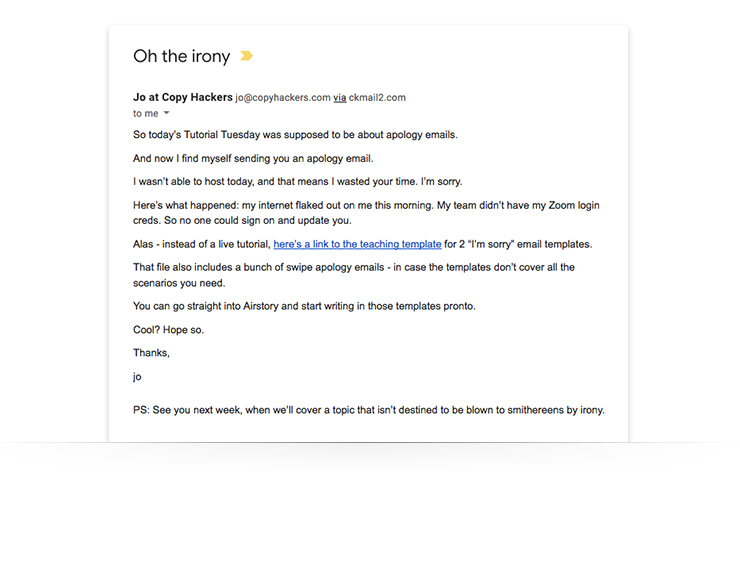



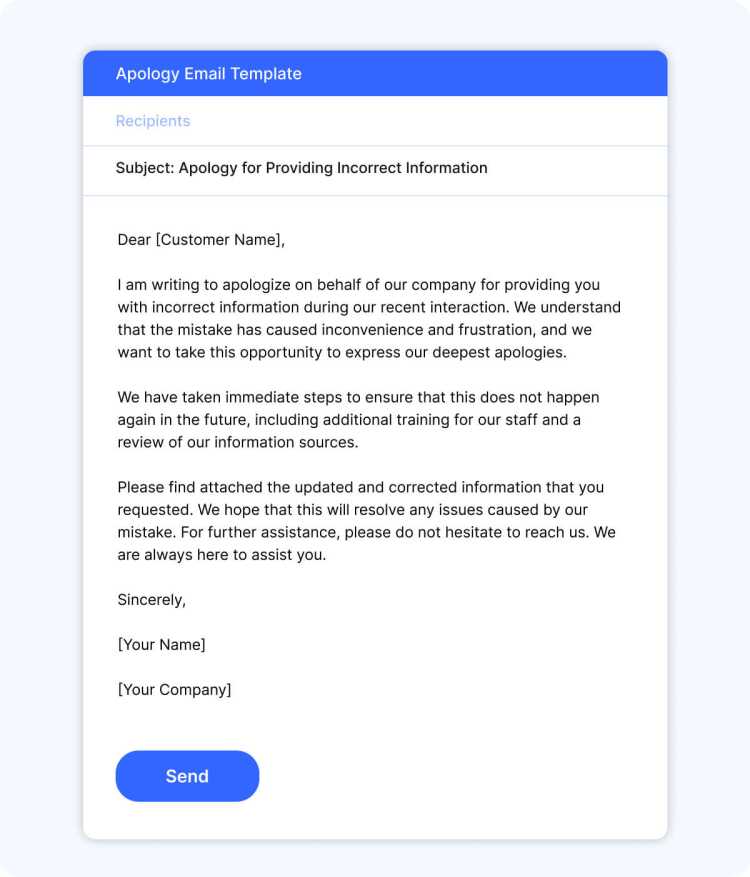
![How To Apologize For An Error In An Email How To Write An Apology Email: 7 Tips And Examples [2024] | Mailmunch](https://assets-global.website-files.com/5f3a33a074c2eb9e90f16437/63280e96c2acfc2447f1d3b6_3.png)

